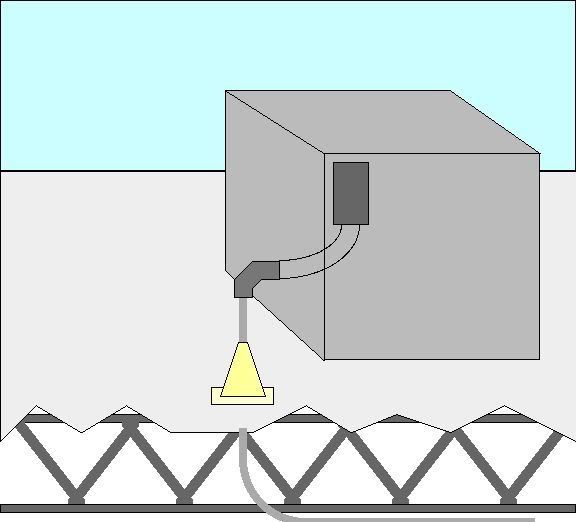- Location
- Illinois
- Occupation
- retired electrician
Smart,
I don't have a link to the article at this time.
Don
Yes they have straight threads, but are intened to be used with male threads having a taper.FWIW, RMC couplings have straight threads.
I was commenting on the drawing you posted, which appears to show a flexible conduit connector threaded into a rigid conduit coupling.Additionally, there are LFMC connectors with Female NPT threaded hubs (T&B 5271 series, for example).
I don't have a link to the article at this time.
Don

